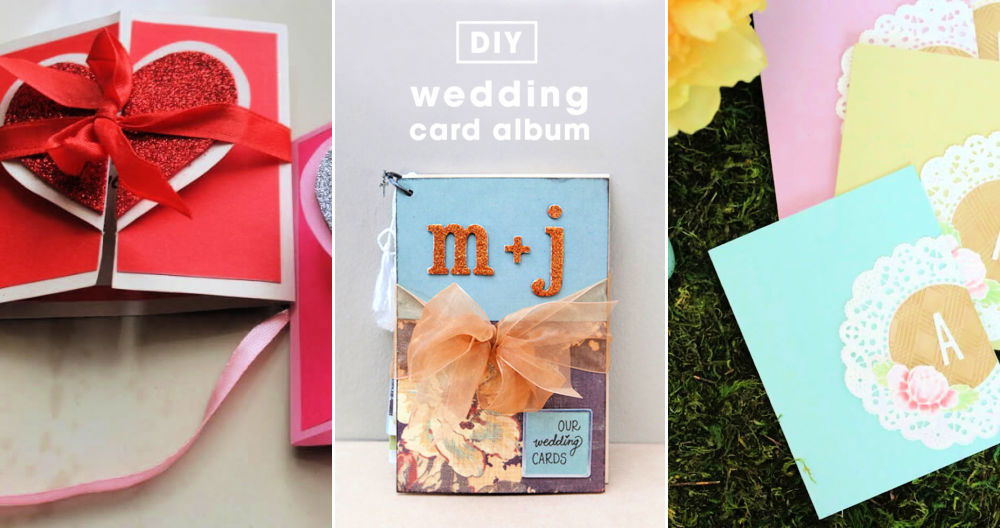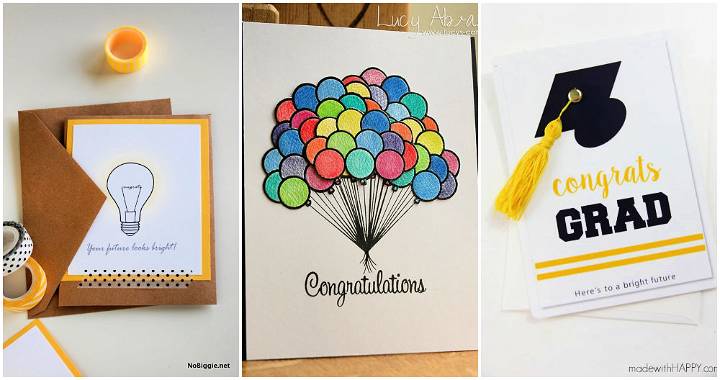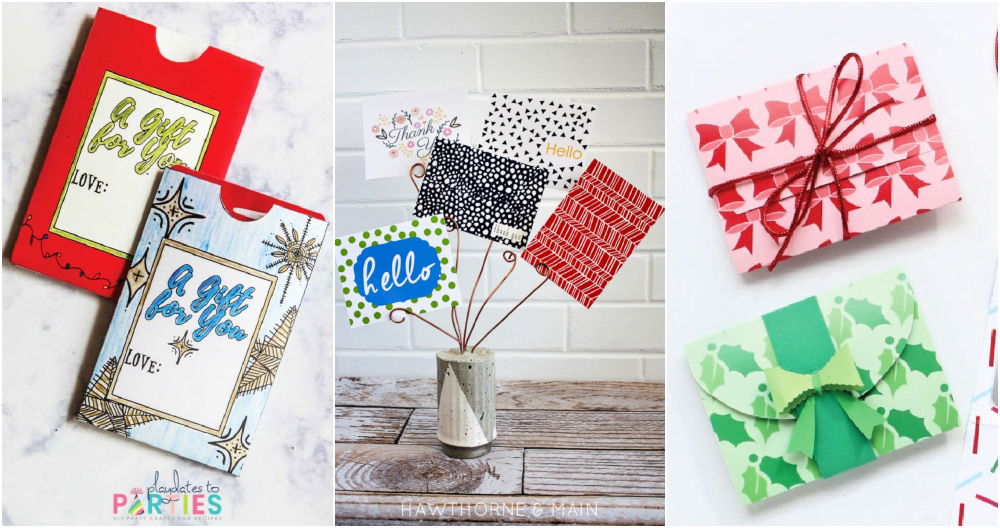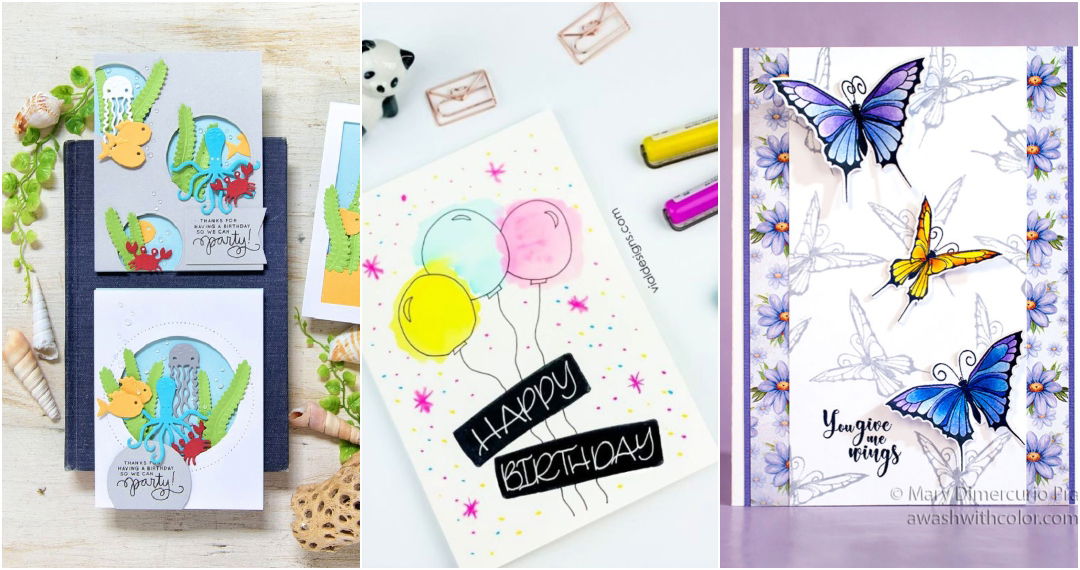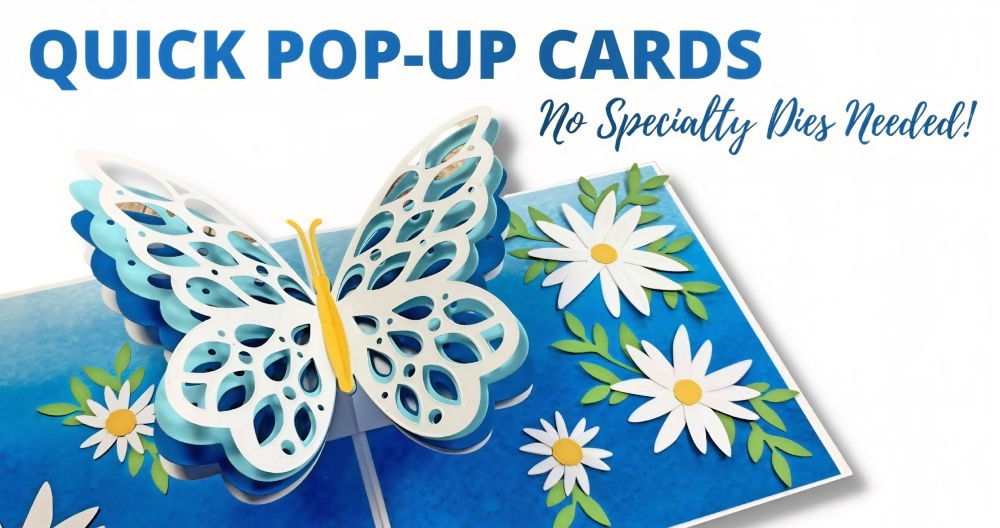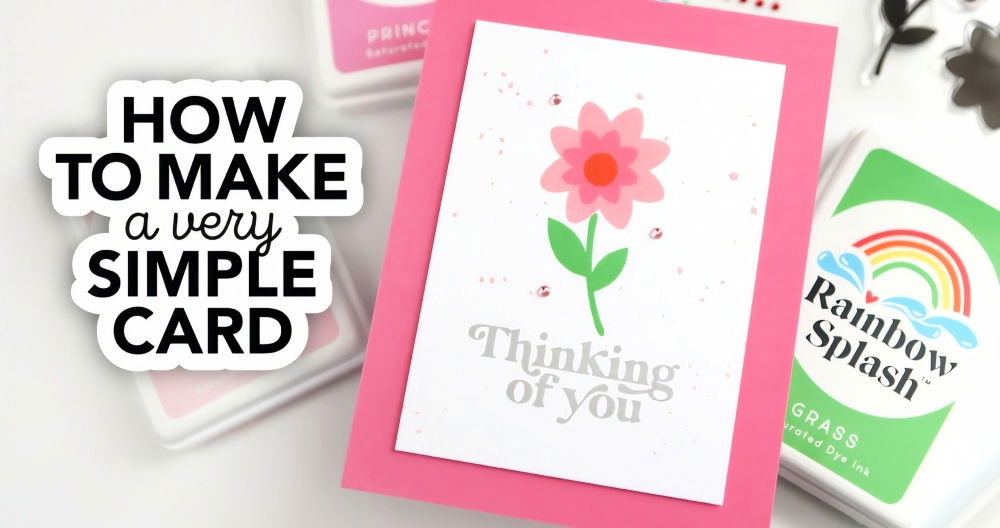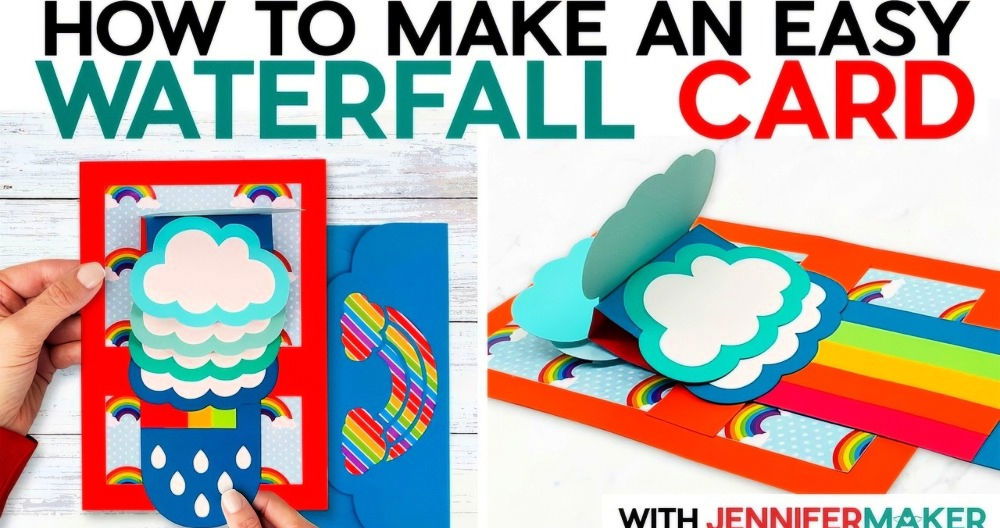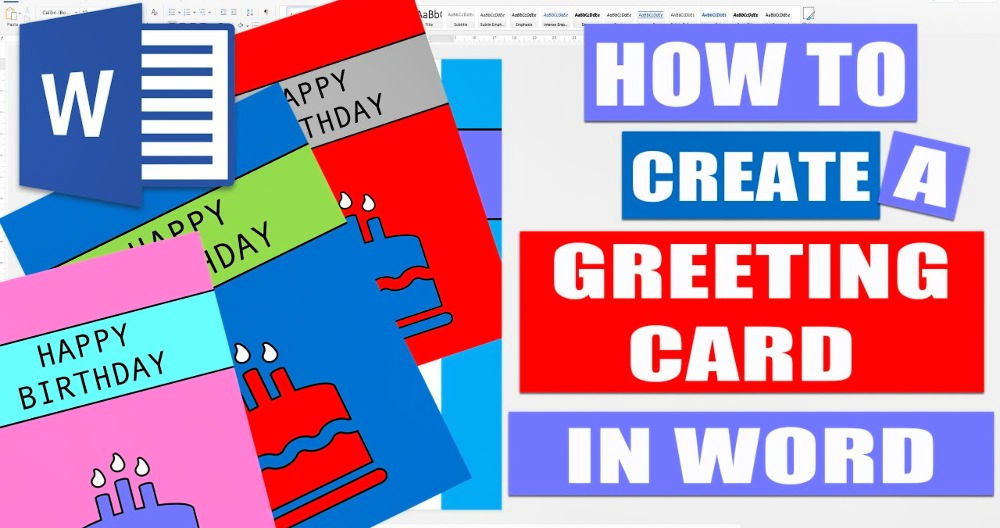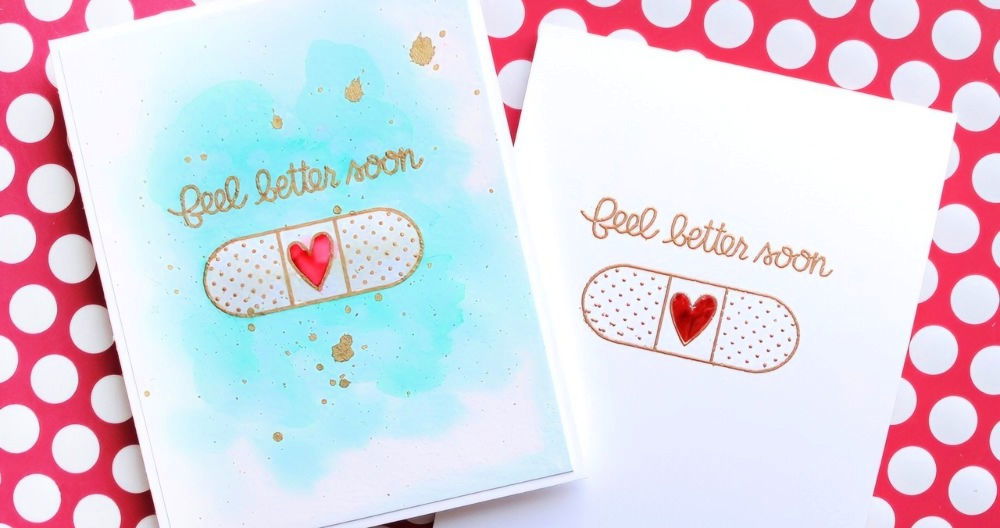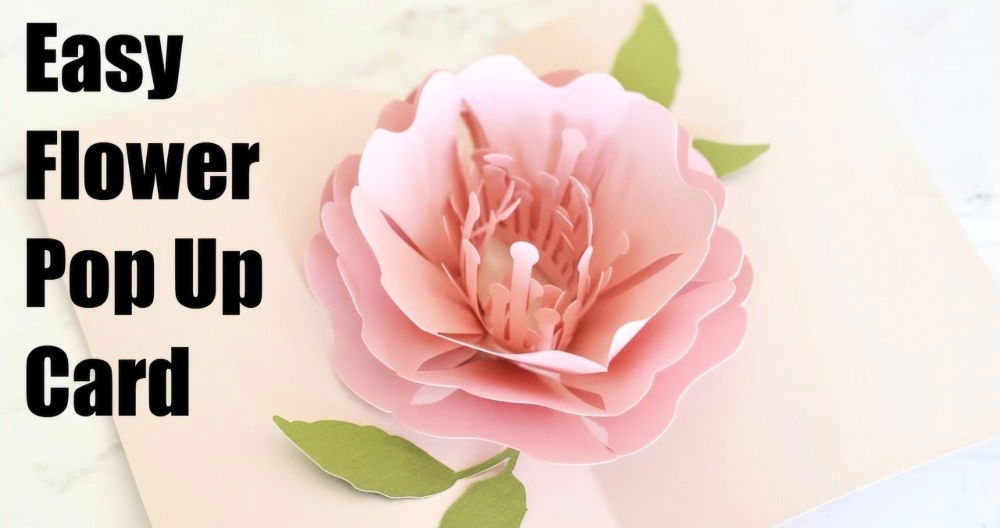If you're an aspiring model, one essential tool you'll need in your portfolio is a comp card. Comp cards (also called zed cards) are like the business cards of the modeling industry. They provide agencies, photographers, and potential clients with a snapshot of your stats, contact information, and a few of your best photos. The great news is that you can easily make a comp card at home using free tools like Canva—no need to hire a professional designer.

In this comprehensive guide, you will learn the process of making your own comp card, from selecting the right photos to formatting your stats. Let's get started!
What Is a Comp Card?
A comp card is a double-sided card that showcases a model's headshot on the front, followed by a series of different photos on the back. It includes important details such as:
- Your name
- Physical stats (height, bust/waist/hip measurements, eye color, etc.)
- Contact information (email, phone, social media)
This compact card is typically handed out at casting calls, open auditions, and to potential clients as a way to quickly introduce yourself. It's a model's quick “calling card,” making a lasting impression while providing crucial information at a glance.
Why Do You Need a Comp Card?
While many agencies and clients have transitioned to online submissions, having a physical comp card still holds great value. Here's why:
- First Impressions: When attending casting calls or networking with photographers, a physical comp card allows you to leave something tangible that stands out from digital portfolios.
- Convenience: It's easy to hand out in person and gives casting agents an immediate reference when considering potential models for jobs.
- Professionalism: A well-made comp card gives off a professional image, showing you're serious about your career.
Even if you're not signed with an agency yet, making your own comp card can boost your credibility and help you connect with industry professionals.
Step by Step Instructions
Learn how to make a comp card with our step-by-step guide. From gathering materials to printing, we cover all essential steps for making a perfect comp card.
1. Gather Your Materials
Before you start designing, collect the following items:
- High-quality photos: You'll need at least one headshot and a few different full-body or editorial shots.
- Measurements and stats: Make sure your height, bust, waist, hips, dress size, shoe size, hair color, and eye color are up to date.
- Contact information: This includes your phone number, email, and any professional social media accounts (like Instagram or a modeling portfolio website).
2. Choose a Free Design Tool (We Recommend Canva)
To make your comp card at home, you can use free design software like Canva. Canva offers a wide range of templates, intuitive design tools, and a simple user interface, making it easy for anyone to design their own materials.
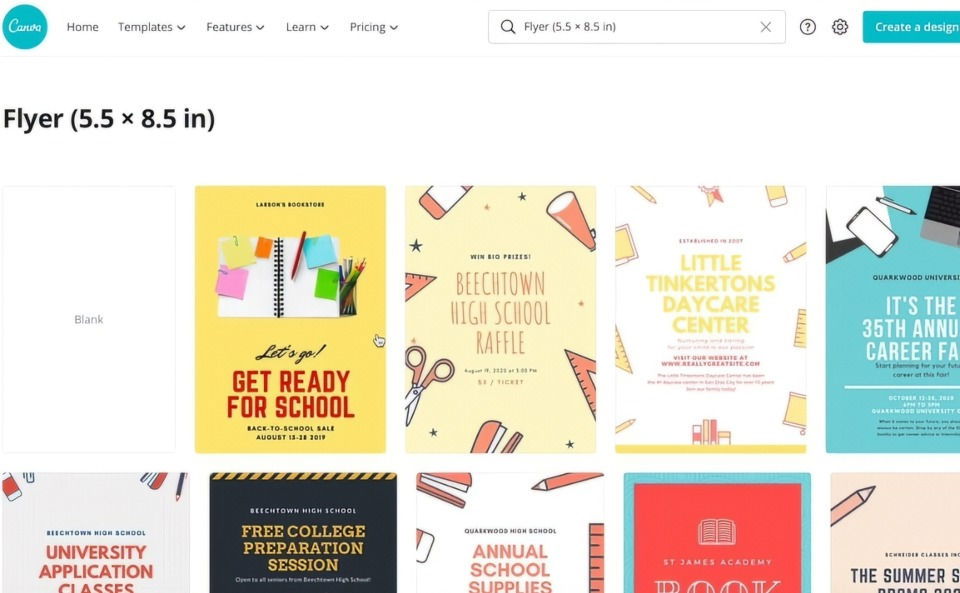
3. Start with the Right Dimensions
For comp cards, the industry-standard size is 5x7 inches. While Canva doesn't offer a dedicated comp card template, you can start with a flyer template of 5x8.5 inches and adjust accordingly. Here's how you do it:
- Open Canva.
- Select "Make a Design" and input custom dimensions: 5 inches by 7 inches.
4. Design the Front of Your Comp Card
The front of your comp card should feature a professional headshot—something that shows your natural beauty and versatility. Here's how to do it:
- Upload your headshot to Canva.
- Center it on the front page, making sure it fills most of the space.
- Choose a clean and legible font for your name, which should appear prominently near the top or bottom of the photo.
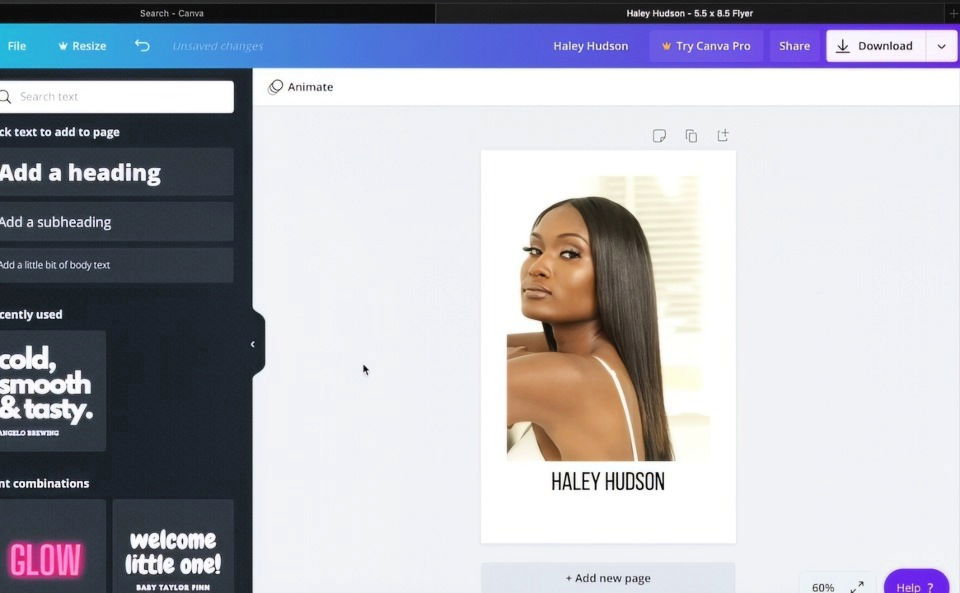
5. Include Your Contact Information
Since you're likely self-representing at this point, make sure to include your contact details:
- Phone number
- Email address
- Instagram handle or website link (if applicable)
This information should be easy to read and aligned neatly beneath your name or photo. Make sure the font is legible and matches the overall style of your card.
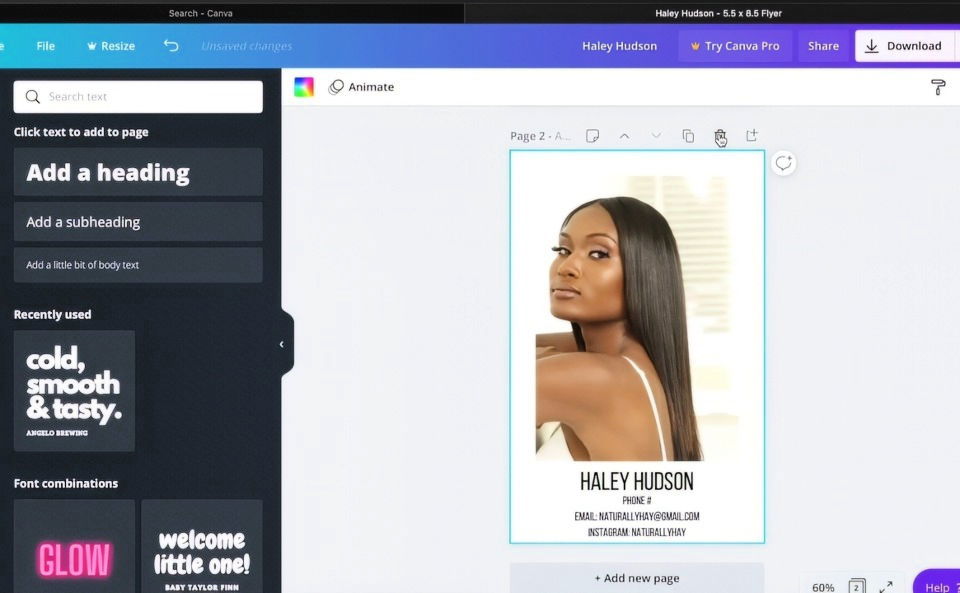
6. Design the Back of Your Comp Card
On the back, you'll want to display a selection of three to five photos that show your range as a model. These should include full-body shots, editorial poses, and photos in different outfits or settings. Here's a tip for choosing photos:
- Pick images that show different poses, angles, and styles. Avoid repetition.
- Choose images with different backgrounds to showcase versatility.
- Ensure that all photos are high resolution to maintain quality when printed.
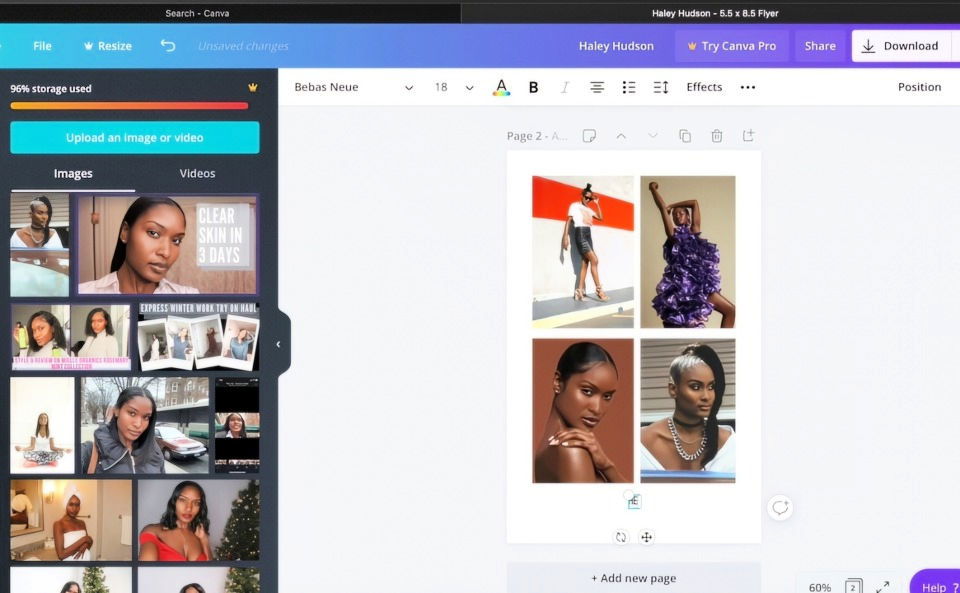
7. Add Your Stats
Next, you'll need to include your modeling stats. Here's the basic information that should appear on the back of your comp card:
- Height
- Bust/waist/hips measurements
- Shoe size
- Dress size
- Hair color
- Eye color
You may choose to leave out your weight, as it's not always necessary and can fluctuate over time. Be sure to keep this section clean and concise, using consistent fonts and formatting.
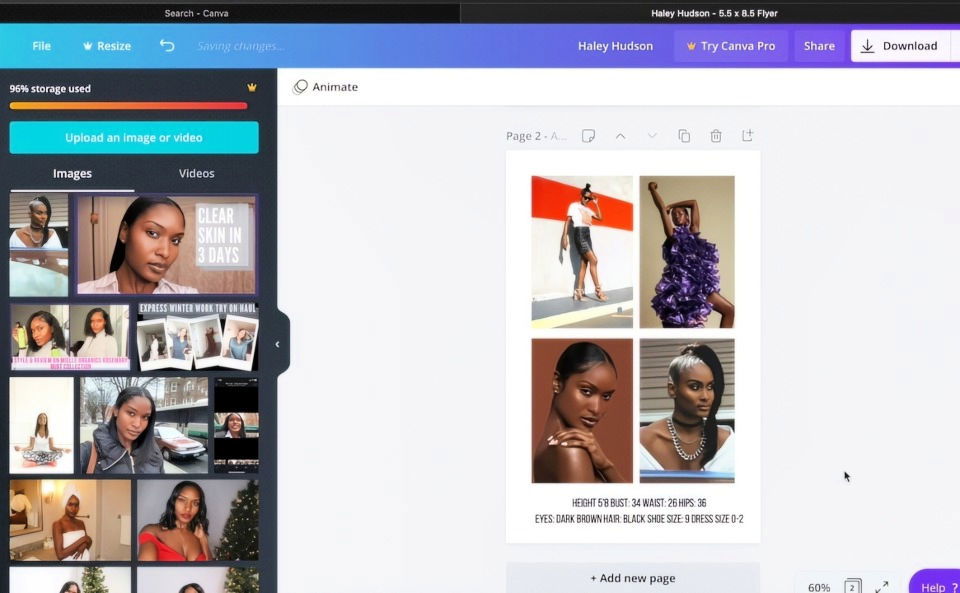
8. Align and Format Your Design
One of the benefits of using Canva is that it helps you with alignment. As you arrange your photos and text, Canva will automatically display guides to ensure your elements are evenly spaced and aligned. Take advantage of this to ensure your comp card looks professional and polished.
9. Download Your Comp Card
Once you're happy with the layout, download your comp card in the highest quality possible. Canva allows you to download in various formats, but PNG is usually the best option for maintaining image quality. If you're sending the card to a printer, PDF print may be a better choice.
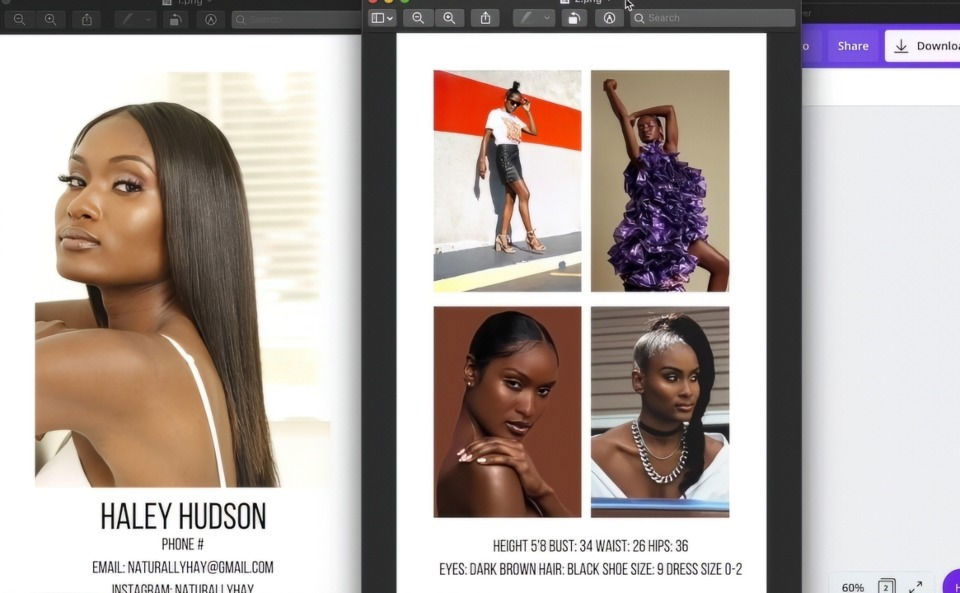
10. Printing Your Comp Card
When it comes to printing your comp card, you have a few options:
- Local Print Shops: Places like Staples, Office Depot, or FedEx Office offer same-day printing services. Simply upload your design online and select the 5x7 front-and-back card option.
- Online Printers: Websites like Vistaprint also allow you to upload your design and get high-quality prints delivered to your door.
Key Tips for Making an Effective Comp Card
Making a comp card is simple, but there are a few best practices to follow to ensure your card makes a great impression:
1. Use High-Quality Photos
It cannot be overstated—your photos are the most important element of your comp card. Make sure they are well-lit, high-resolution, and professionally shot. A great headshot can make or break a comp card.
2. Keep It Simple
Your comp card doesn't need to be overly fancy or cluttered. Stick to clean lines, minimal text, and high-quality images. The focus should be on you, not on flashy designs.
3. Update Your Card Regularly
As your stats or appearance change, be sure to update your comp card. It's crucial that the information on the card is accurate, especially if your measurements have changed over time.
4. Have Both Digital and Physical Versions
While physical comp cards are useful for in-person meetings, many agencies now accept digital submissions. Ensure you have a digital version saved that you can easily email to casting directors or potential clients.
FAQs About How to Make a Comp Card
Discover clear answers and tips for making a standout comp card in our FAQs about how to make a comp card. Perfect for models and actors!
Yes! Even if you're freelancing or unsigned, a comp card is essential for self-promotion. It's a professional way to introduce yourself and share your information with potential collaborators.
Update your comp card every 6-12 months or whenever your stats change significantly. Keeping your card up to date ensures casting directors get accurate information about your appearance.
Opt for neutral clothing that highlights your figure without being too distracting. Avoid busy patterns or logos. Simple, solid-colored clothing works best.
It depends on your level of activity. For regular casting calls and meetings, print at least 20-50 cards to start. You can always print more if needed.
Ideally, include 3 to 5 photos that showcase your range and versatility as a model. Make sure these images are of high quality and feature different poses, outfits, and backgrounds to highlight your skills and adaptability.
Use a clean, natural headshot for the front and a mix of full-body and editorial shots on the back. The goal is to show your diversity, so avoid using photos with the same pose or setting. Make sure the images are professionally taken and clear.
While professional photos are ideal, high-quality photos taken by an aspiring photographer or friend can work as long as they meet industry standards. The most important thing is that the images are well-lit, clear, and show you in different looks and poses.
It’s best to list your current hair color to match your photos. Agencies want to see the most accurate reflection of your current appearance, so if your hair is dyed, use that information for consistency.
You should print your comp card on thick, high-quality cardstock for a professional feel. Look for matte or semi-gloss finishes, as these are durable and give a polished look.
Yes, Canva offers a free version that includes all the tools you need to design your comp card. You do not need a paid account to access templates or make a professional-looking comp card.
If the print shop doesn’t recognize the term “comp card,” try referring to it as a double-sided 5x7 flyer or modeling card. This will help them understand the dimensions and purpose of the print.
For your headshot, it's best to use a natural makeup look or go makeup-free, as agencies often prefer to see your natural features. However, the other photos on your card can show a variety of looks, including more stylized makeup if it complements your modeling style.
You should update your comp card every 6 to 12 months or whenever your appearance or measurements change significantly. Keeping the information current is essential for landing jobs or representation.
Yes, it's a great idea to include your Instagram or any other professional social media where clients or agencies can see more of your work. Make sure your social media reflects your professionalism as a model.
Conclusion
Making a DIY comp card doesn't have to be an expensive or time-consuming process. With tools like Canva, you can design a professional, effective comp card right from home. By following the steps outlined in this guide, you'll have a stunning comp card that showcases your best work and opens the door to new modeling opportunities.
Don't forget to keep it updated, and make sure you always have a few copies on hand for casting calls and networking events. Best of luck on your modeling journey!


